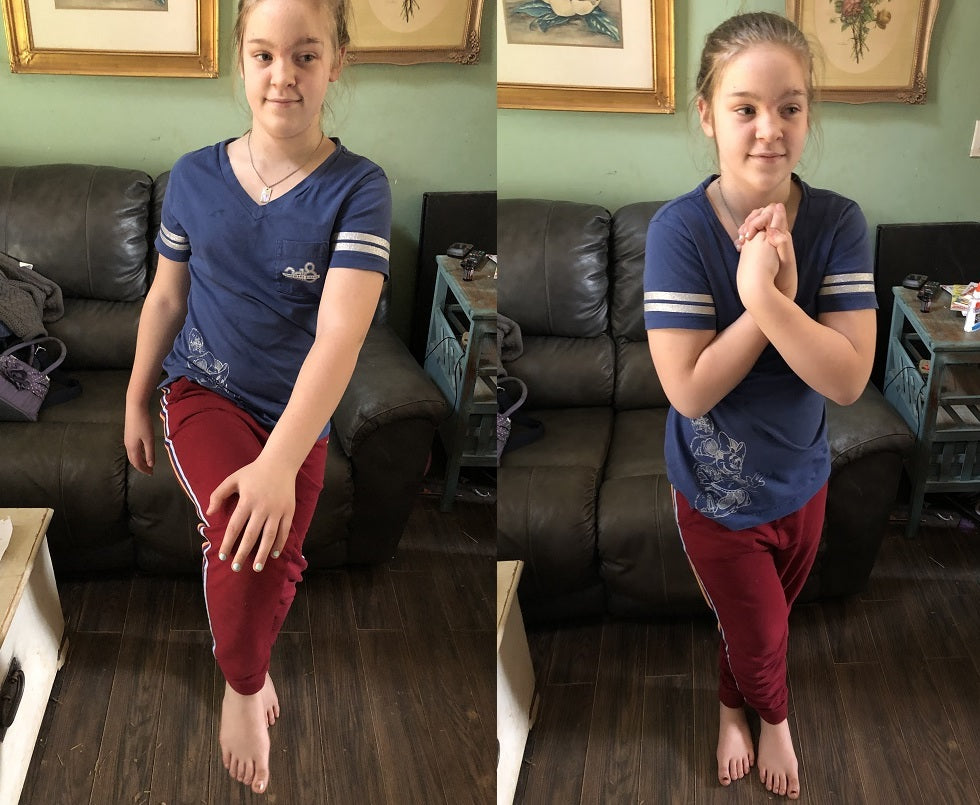Your cart is currently empty.

Relieving Fear, Anger, and Stress
Be it Fear, Anger, or Stress, intense emotions can interfere with our daily lives. For many dyslexic, ADHD and Autistic persons, these strong emotions can interfere with a number of cognitive functions and exacerbate symptoms.
For these reasons and more, strategies for reducing fear, anger, and stress are part of almost every NLC program.
While it is always recommended that emotions be addressed at the source--the reason for the emotion—sometimes, it is desirable to simply address the emotion in the moment.
For example, a person might be feeling anger or rage. In lieu of a long-term therapy to address the source of the issue, that person cold run--just run--and keep running and running until he is completely exhausted, absolutely spent.
Where's the anger? Where is the rage? It's gone. It's gone because there's no energy driving the emotion. We didn't do any therapy. We didn't address the source of the emotion. We just used up all the energy supporting the emption.
Now, let's take another approach. We're still not doing any therapy, but we’re going to remove the energy behind the emotion with a few minutes of sensory integration exercises.
The first exercise is a simple bilateral hemispheric integration. We start by walking forwards and backwards, counting out loud from 1 to 10 going forwards and then counting back down from 10 to 1 when walking backwards.
 While walking, we're going to touch the PALM of our hand to our OPPOSITE knee with each step. (The first time, you might practice this once or twice before moving on.)
While walking, we're going to touch the PALM of our hand to our OPPOSITE knee with each step. (The first time, you might practice this once or twice before moving on.)
Next, we're going to add in focus and attention. Find a spot above eye level off to your left, maybe where the walls and the ceiling come together, and stay focused on that spot while you do your cross-walk exercise 4-5 times--forward and back 10 steps, 4-5 times each.
Have good posture, but not stiff. Keep your shoulders and neck relaxed. chin slightly raised above horizontal. Breathing slow and deep, pushing the belly out with each breath in. If you have some scented candles or relaxing music to play while you're doing the exercise, great.
Now, where is your anger or stress? Can you feel it? even a little bit? Probably not.
For best results, practice the exercise a few days in a row, twice a day and any time you’re feeling angry or stressed.
When you’re ready to try something new, try this next exercise.
Standing up, cross one foot over the other so your left foot is on the right and your right foot in on the left, heels flat on the floor. With arms out in front of you, put the backs of your hands together.
 Next move the left hand up and over your right hand then down so your right hand in on the left and your left hand is on the right palms together. clasp your fingers.
Next move the left hand up and over your right hand then down so your right hand in on the left and your left hand is on the right palms together. clasp your fingers.
Next, bring your clasped hands down and in and up under your chin. (keep your balance).
Once your ‘tangled up’, look up and pick a spot on the ceiling. With just your eyes (keeping your head still), trace an infinity sign with the crossing point at that spot.
Draw the infinity sign (or sideways 8) 10 times one direction and then 10 times the other way.
As before, where is your anger or stress? Can you feel it? even a little bit? Probably not.
Here again we’ve eliminated the energy behind the emotion. We've scrambled the brain so it cannot maintain that fight or flight response, i.e., fear, anger, and stress.
To be clear, we have NOT actually addressed the underlying issue, but we've removed energy supporting the emotions.
Obviously, these are only temporary measures, but I can say from experience, that if you do these two times a day, they can change your life.
As always, see our books and support programs for more information on relieving fear, anger, stress and other 'negative' emotions.
Leave a Reply